The Big Bang may have not been alone. The appearance of all the particles and radiation in the universe may have been joined by another Big Bang that flooded our universe with dark matter particles. And we may be able to detect it.
Continue reading “The Universe May Have Started with a Dark Big Bang”How do Black Holes Make a Shadow?

It’s notoriously difficult to take a picture of a black hole. But when they are surrounded by material we have an opportunity to witness the hole carved out by the event horizon. But what we see in the famous images of black holes isn’t the event horizon itself, but a magnified and enlarged version known as the shadow.
Continue reading “How do Black Holes Make a Shadow?”Astronomers Go Hunting for Mysterious Q-balls
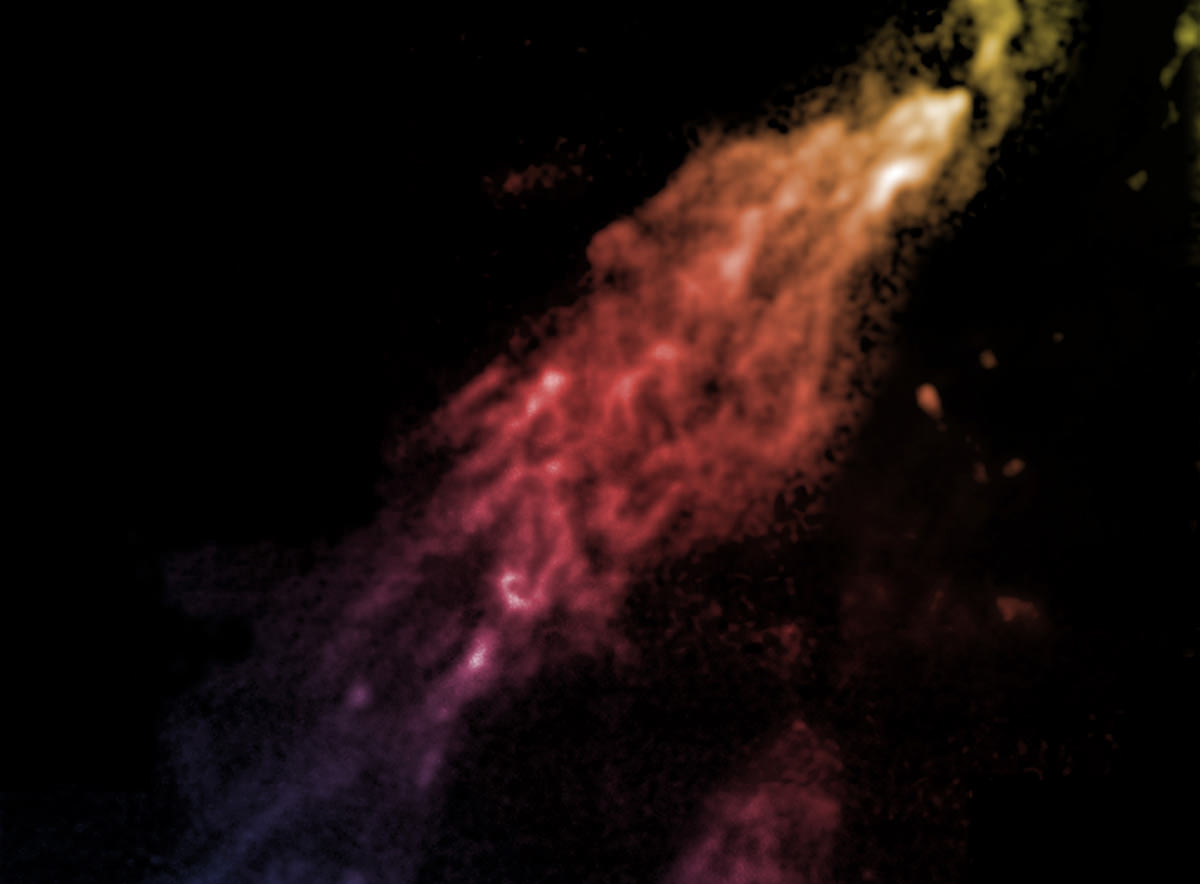
Our universe may feature large, macroscopic clumps of dark matter, known as q-balls. These q-balls would be absolutely invisible, but they may reveal their presence through tiny magnifications of starlight.
Continue reading “Astronomers Go Hunting for Mysterious Q-balls”Astronomers Prepare for a Total View of Total Solar Eclipses
A team of astronomers have proposed a series of missions utilizing land, sea, and airborne observatories to continuously monitor as many total solar eclipses as possible in the coming decade. These missions will reveal aspects of the solar corona that cannot be studied by any other means.
Continue reading “Astronomers Prepare for a Total View of Total Solar Eclipses”The James Webb Is Getting Closer to Finding What Ionized the Universe
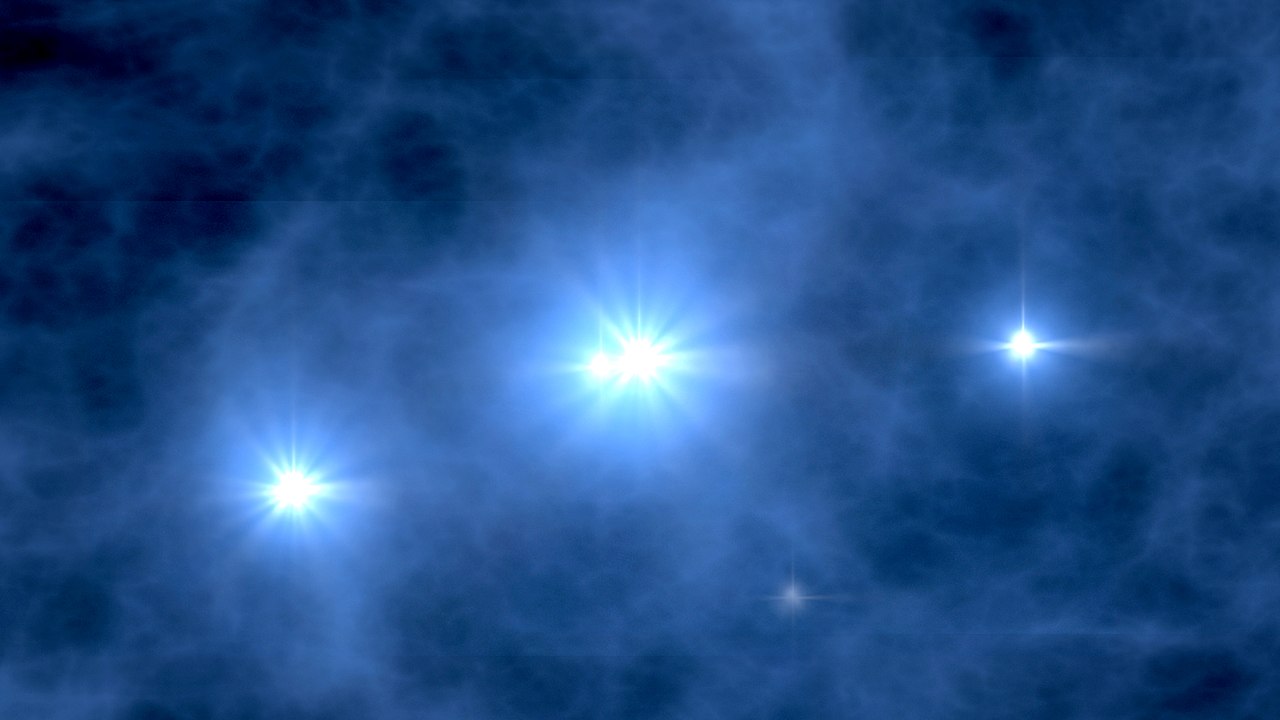
Astronomers have determined that so-called “leaky” galaxies may have responsible for triggering the last great transformational epoch in our universe, one which ionized the neutral interstellar gas.
Continue reading “The James Webb Is Getting Closer to Finding What Ionized the Universe”How Cold is Space?
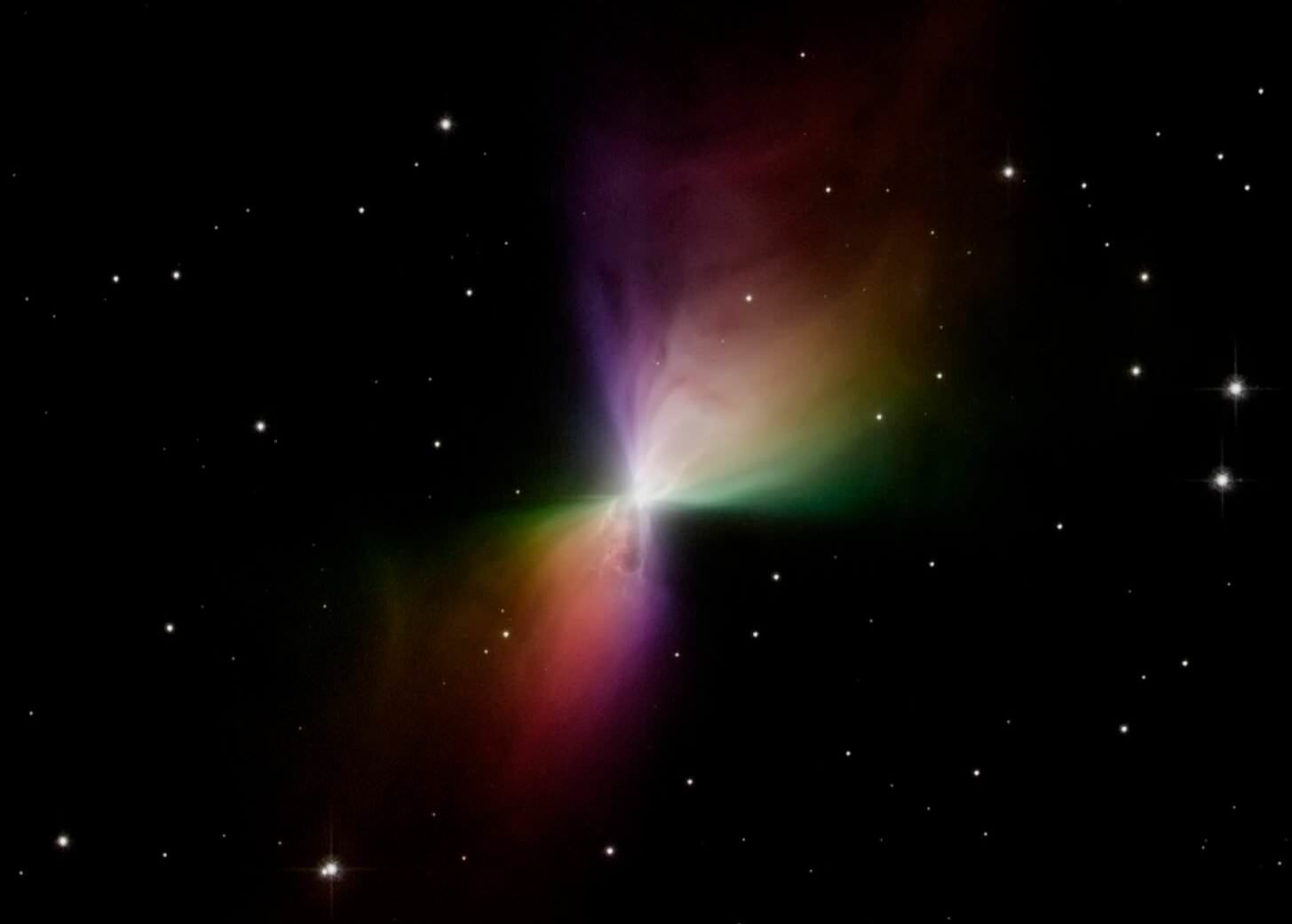
The average temperature of the universe is downright cold – right around 3 degrees above absolute zero.
Continue reading “How Cold is Space?”A.I. Finds a New Way to Build Multiple-Star Systems
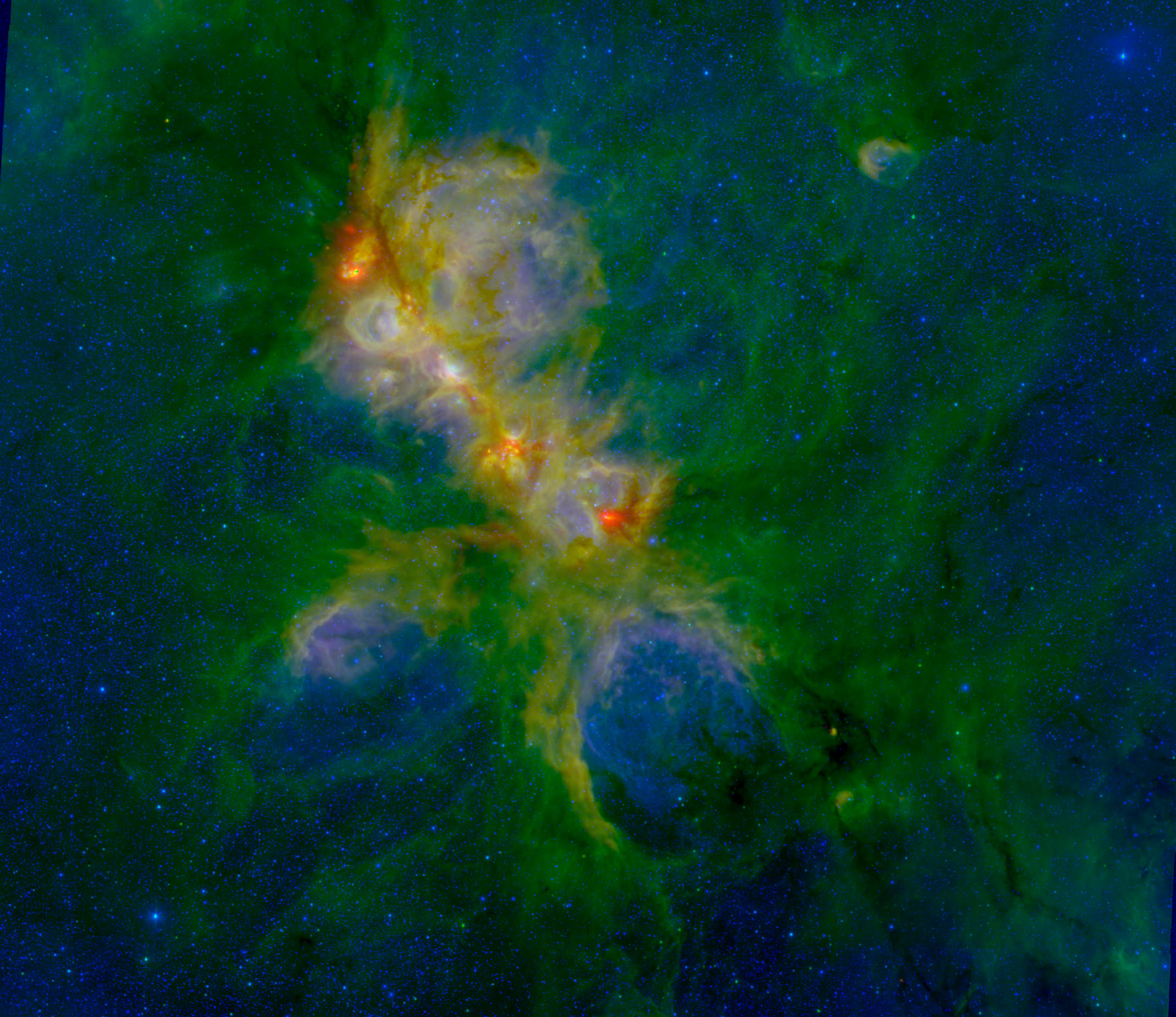
Over over 50% of high mass stars reside in multiple star systems. But due to their complex orbital interactions, physicists have a difficult time understanding just how stable and long-lived these systems are. Recently a team of astronomers applied machine learning techniques to simulations of multiple star systems and found a new way that stars in such systems can arrange themselves.
Continue reading “A.I. Finds a New Way to Build Multiple-Star Systems”Astronomers use Earthquakes to Understand Glitches on Neutron Stars
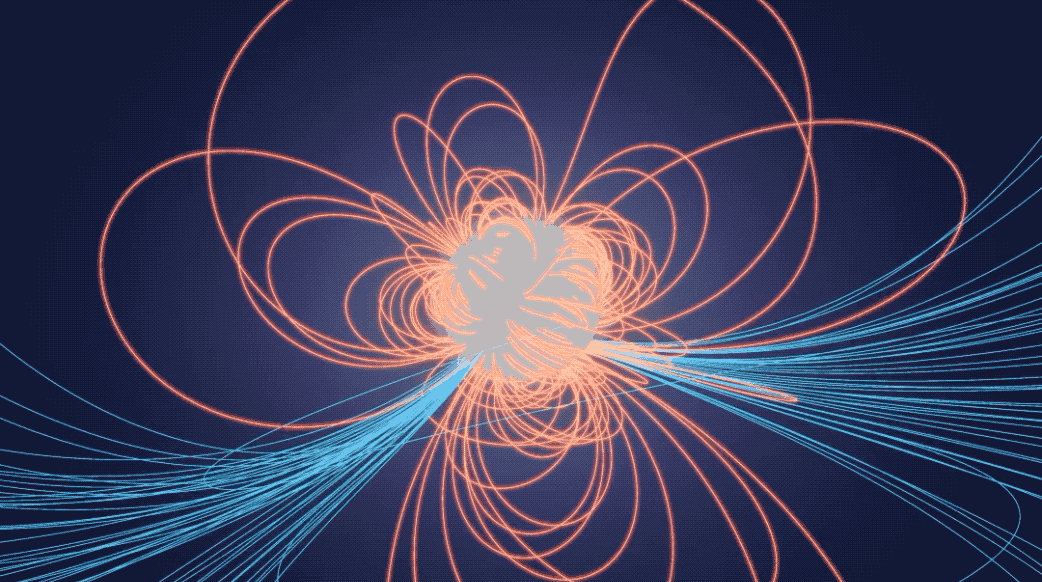
A team of astronomers have used a model of earthquakes to understand glitches in the timing of pulsars. Their results suggest that pulsars may have interiors that are far stranger than can be imagined.
Continue reading “Astronomers use Earthquakes to Understand Glitches on Neutron Stars”The James Webb May See the First Stars to Appear in the Universe

Astronomers continue to hunt for the elusive kind of star known as Population III stars, the first stars to appear in the young universe. New research has revealed that the James Webb Space Telescope may be on the cusp of discovering them.
Continue reading “The James Webb May See the First Stars to Appear in the Universe”The First Stars May Have Weighed More Than 100,000 Suns
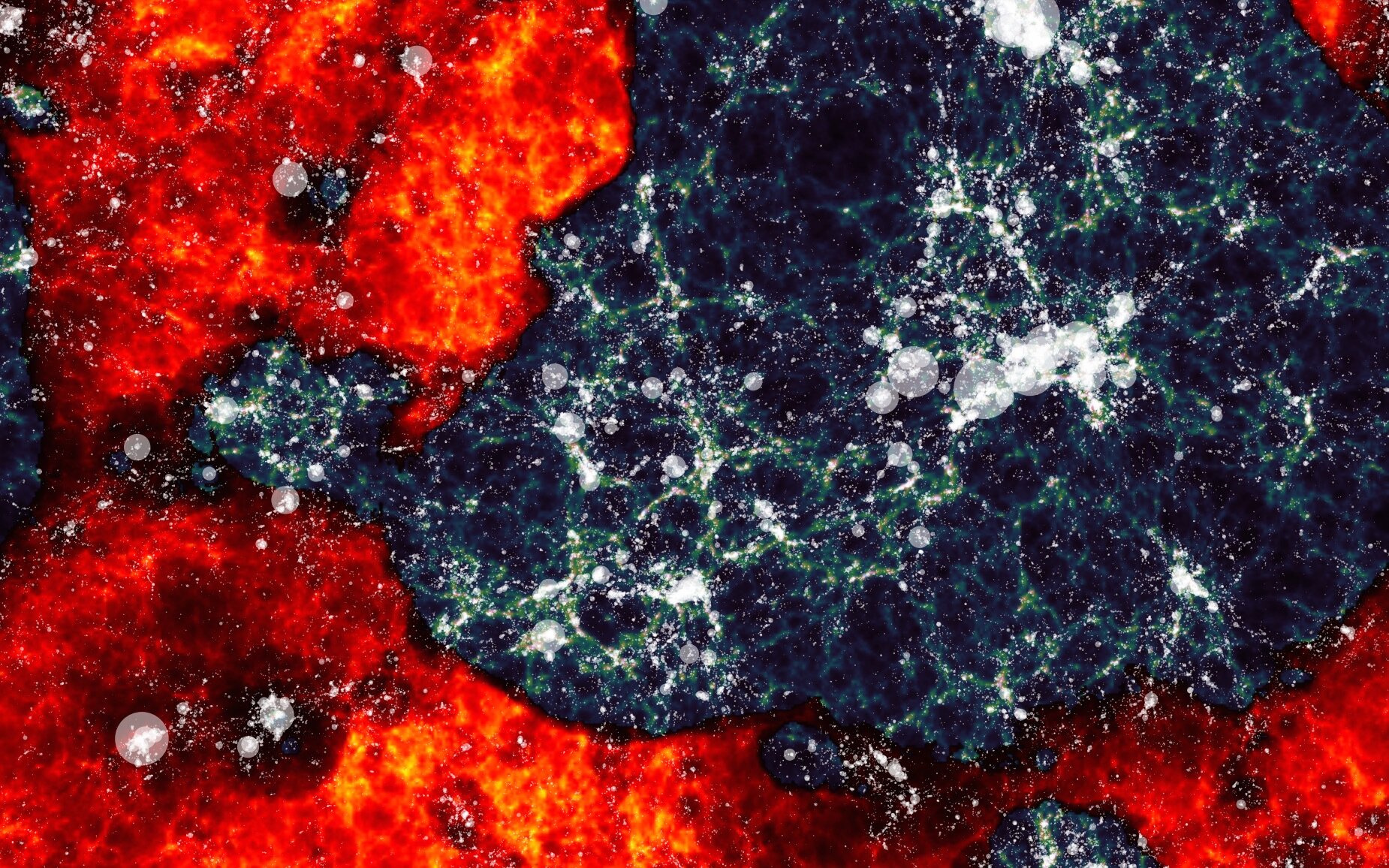
The universe was simply different when it was younger. Recently astronomers have discovered that complex physics in the young cosmos may have led to the development of supermassive stars, each one weighing up to 100,000 times the mass of the Sun.
Continue reading “The First Stars May Have Weighed More Than 100,000 Suns”
